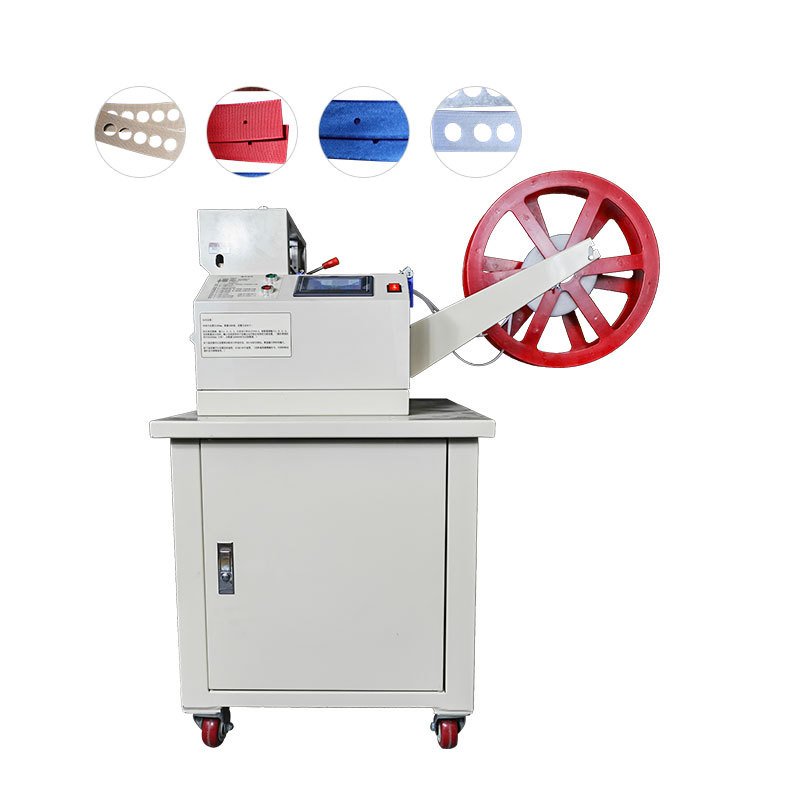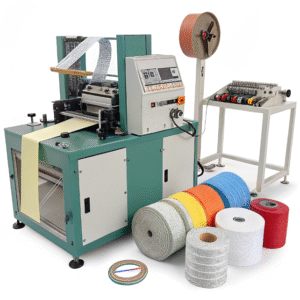What is the best way to cut nylon rope?

Nylon rope is strong, durable, and resistant to stretching, making it a popular choice for outdoor, marine, and industrial applications. However, cutting it cleanly can be challenging because of its synthetic fibers that tend to fray. So, what’s the best way to cut nylon rope?
The best way to cut nylon rope is to use a sharp blade, such as a hot knife1, utility knife, or serrated scissors. Heat-sealing the ends immediately after cutting prevents fraying and ensures durability.
Using the right cutting tools and sealing methods can make a huge difference. Let’s explore the most effective ways to cut nylon rope and keep it from fraying.
What to cut nylon rope with?

Choosing the right tool to cut nylon rope is crucial for achieving a clean, precise cut. Different tools offer varying levels of precision, ease of use, and efficiency.
The best tools for cutting nylon rope are a hot knife, sharp scissors, utility knife, or a serrated blade. A heated blade not only cuts but also seals the ends, preventing fraying.
1. Hot Knife: The Best All-in-One Tool
A hot knife is the most efficient way to cut nylon rope because it simultaneously melts and seals the fibers, preventing fraying.
How to use a hot knife:
- Plug in the hot knife and let it heat up.
- Place the nylon rope on a heat-resistant surface.
- Slowly press the hot knife through the rope to cut and seal it in one motion.
🔥 Pros:
- Cuts and seals in one step.
- Provides a clean, fray-free finish.
- Works best for thick or heavy-duty ropes.
⚠️ Cons:
- Requires an electric power source.
- Can produce fumes, so use in a well-ventilated area.
2. Sharp Scissors or Shears
A sharp pair of fabric scissors or shears is a simple and effective way to cut thinner nylon ropes. However, since scissors do not seal the ends, additional heat-sealing2 is required.
Best for: Small nylon cords or paracord.
🔪 Tip: Use dedicated scissors for rope cutting to keep the blades sharp.
3. Utility Knife or Box Cutter
A sharp utility knife provides a clean, precise cut, especially when used with a cutting board or hard surface. However, like scissors, it requires heat-sealing afterward.
How to use a utility knife for cutting nylon rope:
- Place the rope on a sturdy surface.
- Hold it taut and make a swift, firm cut with the knife.
- Use a lighter or flame to seal the edges.
Pros:
- Great for cutting thicker ropes.
- Provides a smooth, controlled cut.
Cons:
- Requires extra effort compared to a hot knife.
- Needs additional heat-sealing.
4. Serrated Blade or Saw
A serrated blade, such as a bread knife or hacksaw, is useful for cutting large-diameter nylon ropes. The teeth help grip the rope fibers and create a cleaner cut.
Best for: Thick, heavy-duty ropes used in marine or industrial applications.
How to use a serrated blade to cut nylon rope:
- Secure the rope with clamps or hold it firmly.
- Saw back and forth with light pressure until the rope is cut.
- Seal the cut ends with heat to prevent fraying.
🔪 Comparison of Cutting Tools
| Tool | Best For | Advantages | Disadvantages |
|---|---|---|---|
| Hot Knife | Thick nylon ropes | Cuts and seals in one step | Requires electricity, may produce fumes |
| Sharp Scissors | Thin ropes and paracords | Quick and easy | Needs heat-sealing afterward |
| Utility Knife | Medium-thickness ropes | Precise and smooth cut | Requires extra force and heat-sealing |
| Serrated Blade | Thick ropes | Good grip, effective for heavy-duty ropes | Slower process, requires heat-sealing |
How to Seal Nylon Rope Ends After Cutting
Even with the best cutting tool, nylon rope will fray unless the ends are properly sealed. Here are the most effective methods for sealing the ends after cutting:
1. Heat Sealing with a Lighter or Torch
🔥 The simplest way to prevent fraying is to carefully melt the cut ends of the nylon rope with a flame.
Steps:
- Hold the cut end of the rope close to a lighter or small torch flame.
- Rotate the rope to evenly melt the fibers.
- Press the melted end with a flat surface or wet fingers (wear gloves for protection).
Best for: Quick, small fixes on any nylon rope.
2. Heat Sealing with a Soldering Iron
A soldering iron provides more control than an open flame and is ideal for sealing delicate ropes.
Steps:
- Turn on the soldering iron and let it heat up.
- Lightly press the tip against the rope’s end to melt and seal it.
✔️ Best for: Small-diameter ropes where precision is needed.
3. Using Adhesive or Super Glue
Applying a small amount of super glue or fabric adhesive to the ends of the rope can also prevent fraying.
Steps:
- Dab a drop of glue onto the cut end.
- Let it dry for a few minutes before handling the rope.
Best for: Non-flammable environments where heat-sealing is not an option.
Best Practices for Cutting and Sealing Nylon Rope
To achieve a professional, long-lasting cut, follow these tips:
✅ Always Use a Sharp Blade
A dull blade can crush the fibers instead of slicing cleanly, leading to uneven ends and more fraying.
✅ Secure the Rope Before Cutting
Use clamps or hold the rope firmly to prevent movement while cutting, ensuring a straight and precise cut.
✅ Combine Cutting and Sealing for Best Results
For the cleanest cut, use a hot knife that cuts and seals in one step. If using a regular blade, always seal the ends immediately after cutting.
✅ Work in a Well-Ventilated Area
Melting nylon produces fumes that can be harmful. When using a hot knife, soldering iron, or lighter, work in a well-ventilated space or wear a mask.
Conclusion
The best way to cut nylon rope is to use a hot knife, as it both cuts and seals in one step. If a hot knife is unavailable, a sharp utility knife, scissors, or a serrated blade can be used, followed by heat-sealing with a lighter or torch. For small projects, adhesives like super glue or Fray Check can also help prevent fraying.
Insights
- For the cleanest cut, use a hot knife to cut and seal simultaneously.
- A sharp utility knife or scissors work well but require additional heat-sealing2.
- Heat-sealing with a lighter is a quick fix for preventing fraying.
- For heavy-duty ropes, a serrated blade or saw provides better cutting control.
By selecting the right cutting tool and sealing method, you can ensure your nylon rope remains strong, durable, and fray-free for any application.













